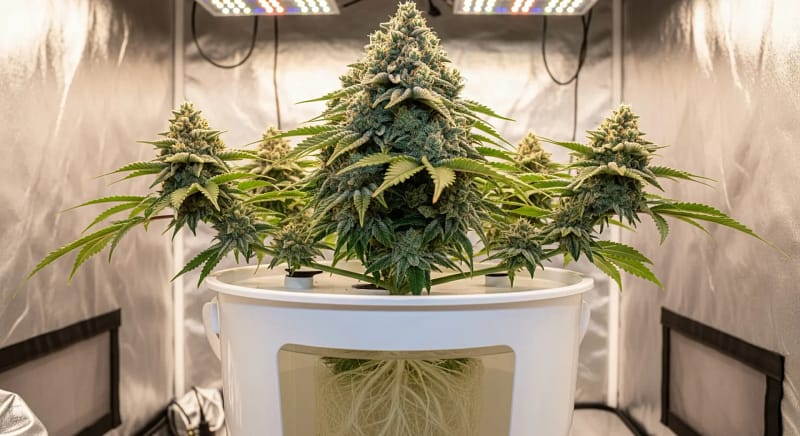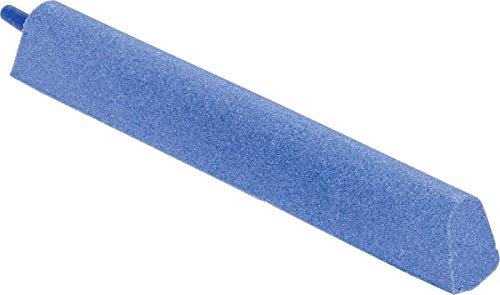Let’s be brutally honest. You’re here because you’re sick of the slow, messy, and unpredictable world of soil growing. You’ve fought the fungus gnats, mixed the muddy amendments, and whispered sweet nothings to a plant that gave you a handful of airy, disappointing buds for your trouble. You’ve seen the pictures—massive, frosty colas growing out of what looks like a science experiment—and you’ve thought, “No way. That’s too complicated for me.”
I’m here to tell you that’s dead wrong. Learning how to grow cannabis hydroponically isn’t about being a rocket scientist; it’s about giving your plants exactly what they want, when they want it, without the dirt getting in the way. This is your blueprint. No fluff. Just the hard-won lessons from 15+ years of triumphs, disasters, and yes, some truly legendary harvests.
WARNING: Federal law classifies cannabis as Schedule I. Equipment/seeds are ‘novelty items.’ We assume ZERO liability for illegal cultivation. Consult local counsel before starting.
Why My Soil Plants Are Jealous of My Hydro Setup
When I first started, I had two tents side-by-side: one soil, one hydro. It wasn’t even a fair fight. The hydro plants grew like they were on steroids—except it was all natural. By week four, they were nearly twice the size. Why? It all comes down to one thing: efficiency.
In soil, roots have to work. They push through a dense medium, searching for pockets of water and nutrients. In a hydroponic cannabis setup, the roots just chill in a perfectly balanced, oxygen-rich solution. It’s the difference between hunting for your food and having a Michelin-star chef deliver it to your couch.
Here’s the data-backed breakdown:
- Mind-Blowing Growth Speeds: Plants get direct access to everything they need. This frees up so much energy that growth rates can be 30-50% faster than in soil1. That’s not a typo. You’ll shave weeks off your veg time. Weeks.
- Yields That Break Scales: Faster growth equals more harvests per year, and healthier plants produce bigger buds. It’s common to see yields three to ten times higher for the same amount of space.
- Water-Sipping Efficiency: Think hydro uses more water? Think again. Because the system is recirculating, it uses up to 90-95% less water than a traditional soil garden. My water bill can confirm this.
- A Pest-Free Paradise (Almost): The biggest source of pests? The soil itself. No soil means no fungus gnats, no root aphids, and none of the other creepy crawlies that turn your grow into a bug-infested nightmare.
Now, it’s not all sunshine and rainbows. Hydroponics is less forgiving. The soil provides a buffer for your mistakes; hydro does not. If your pH is off, you’ll know in hours, not days. It also costs more to get started and relies on electricity to keep the water oxygenated. But trust me—once you taste the clean flavor of a hydro-grown bud and weigh a harvest that makes you giggle with delight, you’ll never look back.
My $500 Hydroponic Disaster—Learn From My Fail
I want to tell you a story. It was 2011, and I was cocky. I’d had a few successful soil grows and thought I was hot stuff. I decided to jump into hydro and, being a cheapskate, I bought one of those all-in-one, too-good-to-be-true kits online for a couple hundred bucks. It came with a flimsy plastic reservoir, a toy-like air pump, and some mystery nutrients. I thought I’d scored a deal.
I germinated $300 worth of premium genetics—a strain I’d been dying to grow for years. I set it all up, mixed the nutes, and felt like a modern-day farmer. For a week, things looked okay. Then, the yellowing started. The leaves drooped. The roots, which should have been bright white, were turning a sickly, slimy brown.
Root rot. The boogeyman of every hydro grower.
My cheap air pump wasn’t powerful enough to properly oxygenate the water, and the dark, flimsy plastic of the reservoir was heating up under the lights, creating a warm, stagnant swamp. A perfect breeding ground for
I tried everything to save them, but it was too late. I killed them all. Every last one. A $500 lesson in humility.
If you’re skimming, STOP here—this saves crops. My failure taught me the most important lesson in hydroponics: your equipment is your foundation. Don’t cheap out on the heart of your system. A weak pump or a bad pH meter isn’t a bargain; it’s a crop-killer in disguise.
Step-by-Step Setup: Your First Hydroponic Cannabis Grow—With Budget Hacks
Alright, let’s build something that actually works. This is the exact hydroponic cannabis setup I recommend for every beginner. It’s effective, relatively inexpensive to do right, and it’s what I personally use for my vegetative tent to this day.
System Showdown: DWC vs. Aeroponics vs. Cheap DIY
Walk into a hydro store and you’ll see a dozen different systems. For a beginner, there are really only three paths.
- Deep Water Culture (DWC): This is our champion. It’s a non-circulating system where an air pump pushes bubbles through an air stone into a reservoir, super-oxygenating the nutrient solution where the roots live. It’s simple, forgiving, and cannabis loves it. This is where you should start.
- Aeroponics: This is the high-tech, Formula 1 version. Roots hang in the air and are misted with nutrients. It offers the fastest growth rates but is far more expensive and complex. One power outage for a few hours can kill your entire crop as the roots dry out instantly. Leave this for your fifth or sixth grow.
- The Kratky Method (Ultra-Cheap DIY): This is the simplest method of all—a non-circulating, passive system with no pumps or electricity needed. It’s great for lettuce and herbs. Can you grow cannabis with it? Yes. Will the yields be amazing? No. It’s a fun experiment, but if you’re investing in seeds and lights, go with a proper DWC system.
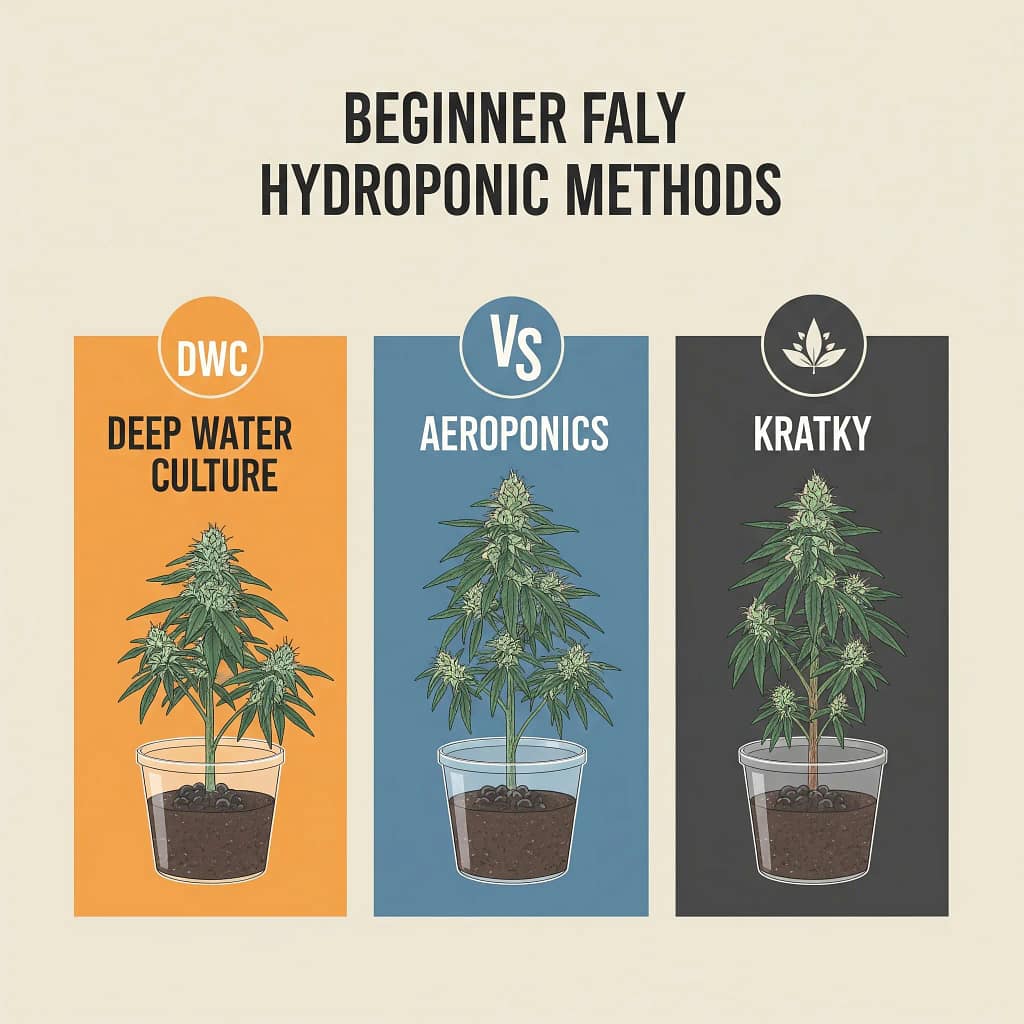
The Verdict: Start with DWC. It’s the perfect balance of performance and simplicity for hydroponic cannabis for beginners.
Lighting Lies Exposed: What Actually Works
Forget everything you’ve read on old forums. You don’t need a sun-hot HPS light that sends your electricity bill to the moon. The industry has moved on.
Your Environment Checklist:
- Grow Tent: Get one. It contains light, controls the environment, and helps with odor control. A simple 2’x4′ or 4’x4′ is perfect for starting out.
- Light: For a 2’x4′ tent, a quality 200-250 watt LED is ideal. For a 4’x4′, aim for 400-500 watts. Don’t buy the cheapest “blurple” light on Amazon; invest in a reputable brand with Samsung or Osram diodes.
- Ventilation: An inline fan, carbon filter, and a small clip-on fan are not optional. You need to exhaust hot air, scrub odors, and create a gentle breeze for your plants. Proper airflow is your best defense against powdery mildew.
- Temperature/Humidity: Aim for 65-75°F (18-24°C) and 50-60% humidity. A cheap digital thermometer/hygrometer will help you keep these in check.
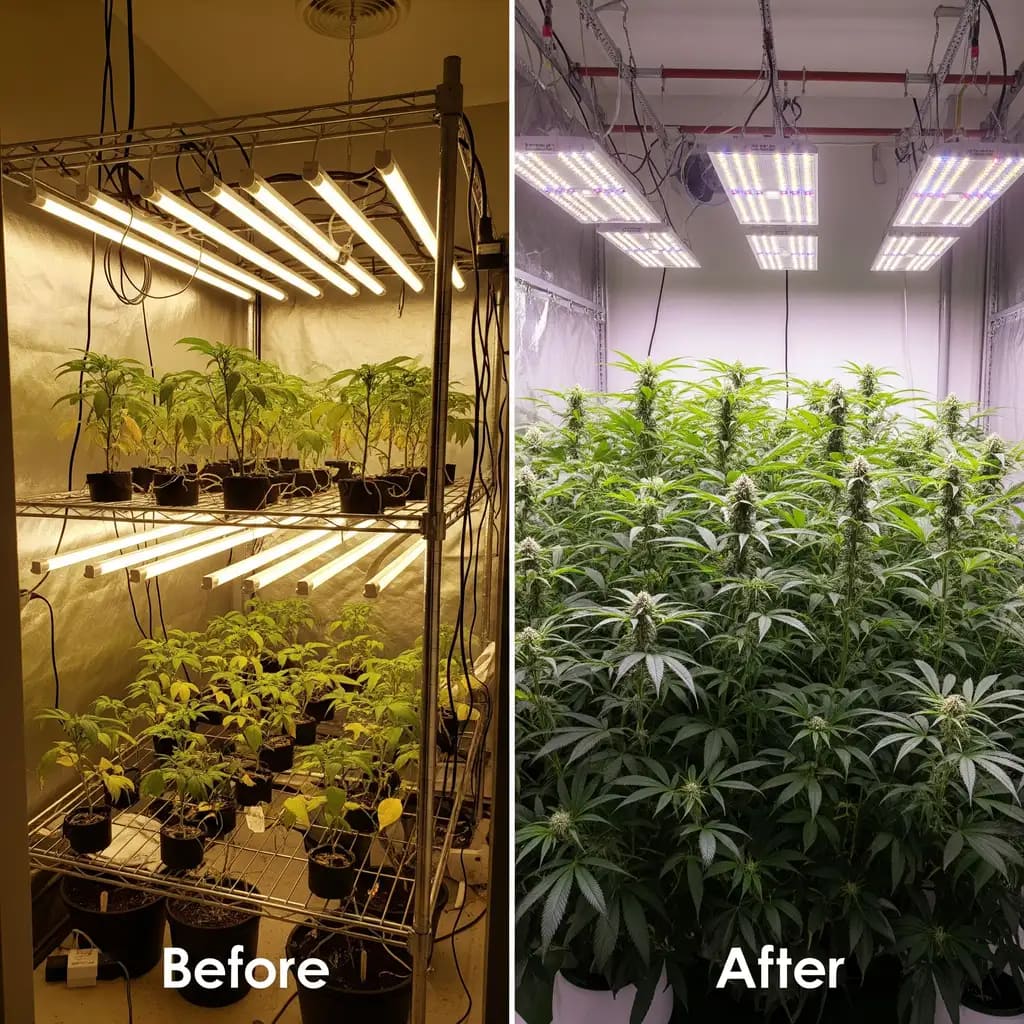
Full-spectrum LED lights are the undisputed king for home growers now. They run cool, use a fraction of the power, and the spectrum is dialed in perfectly for both vegetative growth and flowering.
Nutrients Demystified: “Set It & Forget It” Mixes
Nutrient lines can be overwhelming. You’ll see walls of bottles with crazy names promising magical results. Ignore 90% of them.
All you need to start is a solid, two-part or three-part base nutrient designed for hydroponics. Brands like General Hydroponics, Advanced Nutrients, or Jack’s Nutrients have been industry standards for decades for a reason. They work.
If you’re skimming, STOP here – this saves crops. The single most important part of nutrient management isn’t the brand—it’s the pH and EC monitoring.
- pH: The acidity of your water. Cannabis in hydro can only absorb nutrients in a specific pH window: 5.5 to 6.5. If you drift out of this range, your plant starves, no matter how much food is in the water. You must own a quality digital pH pen and check your reservoir daily.
- EC (or PPM): Electrical Conductivity, which measures the total strength of your nutrient solution. You’ll start seedlings with a very weak solution (EC ~0.6) and gradually increase it as the plant gets bigger, maxing out around EC 1.8-2.2 in mid-flower. This is how you avoid burning your plants.
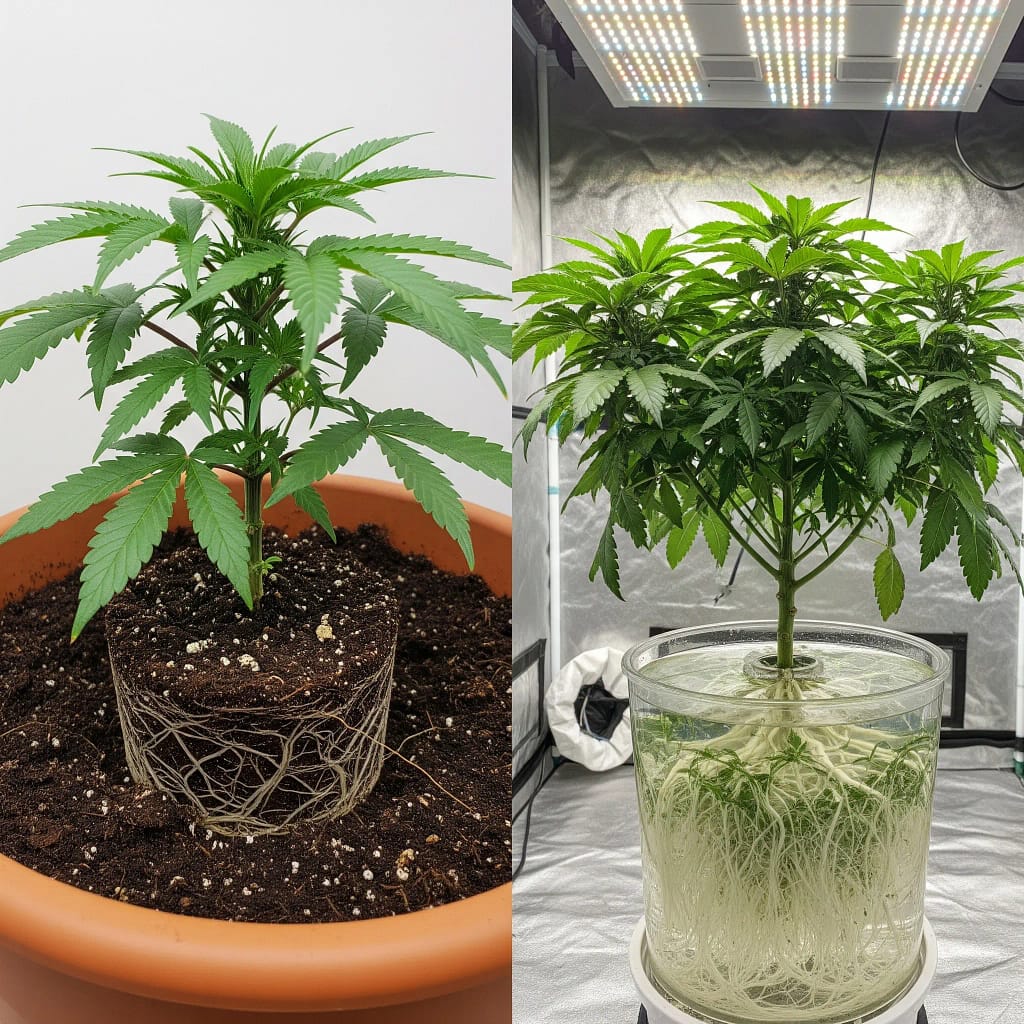
Choosing the right light is critical. For a deep dive, read our Complete Guide to Grow Lights for Cannabis
The science of pH and nutrient availability is fascinating. This guide from the University of Arizona’s extension program is a great technical resource.
Your No-BS Maintenance Calendar
Hydroponics isn’t hard, but it does require consistency. Here’s a simple schedule to keep you on track. Stick this to the inside of your tent.
| Task | Daily (5-10 mins) | Weekly (30-60 mins) | Monthly / Between Grows (1-2 hours) |
| Check & Adjust | • pH and EC/PPM of reservoir | • Check root health (should be white & smell earthy) | • Deep clean the entire system (bucket, air stone, etc.) with a sterilizing solution |
| Observe | • Look for any signs of stress, pests, or deficiencies | • Check for light stress (leaves too close to LED) | • Calibrate your pH and EC meters (if needed) |
| Maintain | • Top off reservoir with pH-adjusted water | • Full Reservoir Change: Drain old solution, mix a fresh batch of nutrients. This is crucial! | • Sanitize all tools, pots, and your grow tent |
Troubleshooting Hall of Shame
Every grower has a collection of photos of their failures. Here are the most common ones you’ll encounter in a hydroponic cannabis for beginners setup, and how to fix them fast.
Legal Reality Check
Let’s end with a dose of reality. The legal landscape for cannabis is a confusing patchwork that changes constantly. What’s legal in one state can be a felony in another.
WARNING: Federal law classifies cannabis as Schedule I. Equipment/seeds are ‘novelty items.’ We assume ZERO liability for illegal cultivation. Consult local counsel before starting.
Before you buy a single seed or plug in a single light, you MUST understand your local, state, and (if applicable) federal laws. Websites like NORML and MPP maintain up-to-date information, but the only source you should truly rely on is your state’s official government website or a qualified local attorney. Be smart. Be safe. Don’t risk your freedom over a plant.
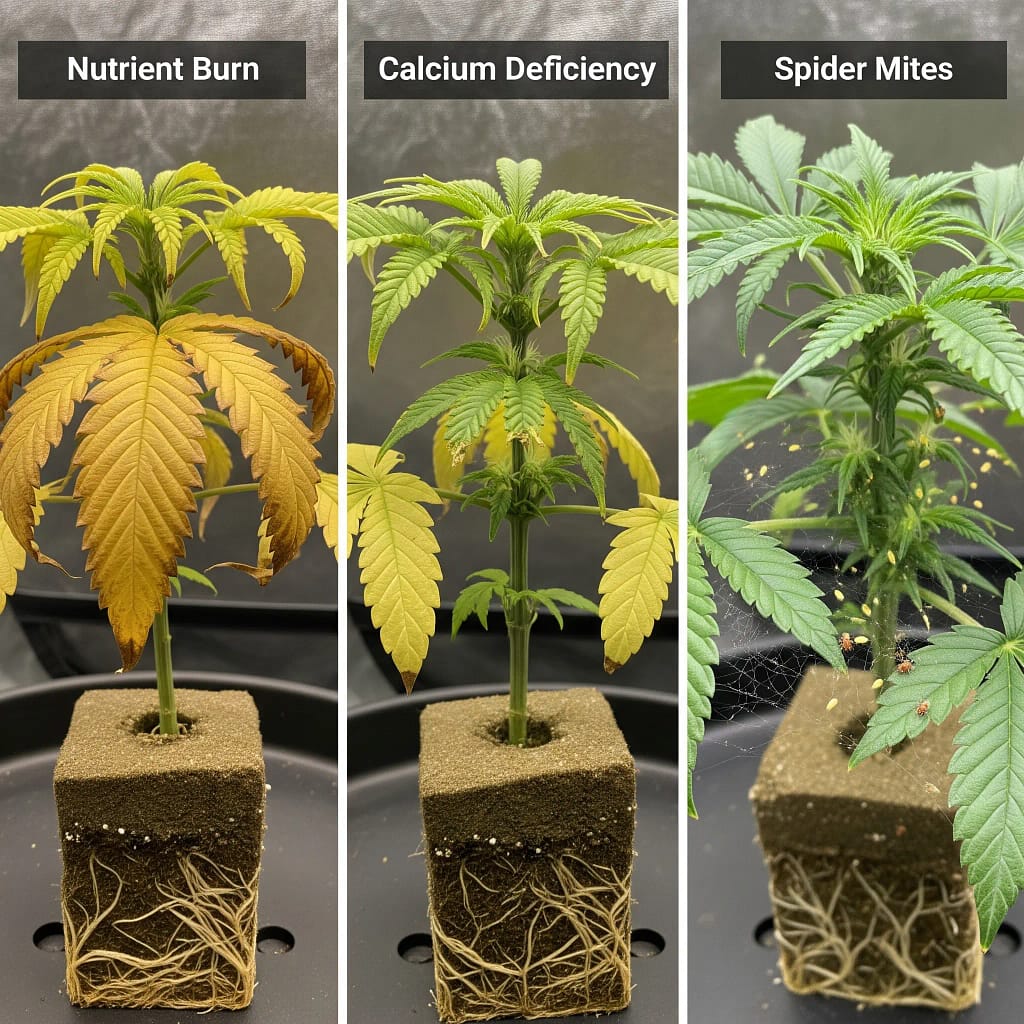
The Gear I Actually Use
Over the years, I’ve wasted a ton of money on junk. This is the stuff that has earned a permanent place in my grow room. It’s reliable, effective, and it won’t let you down when it matters most.
WARNING: Federal law classifies cannabis as Schedule I. Equipment/seeds are ‘novelty items.’ We assume ZERO liability for illegal cultivation. Consult local counsel before starting.
Vivosun Digital pH Meter and TDS Combo Kit
Dual meters with auto-calibration and LCD screens for tracking pH/PPM in hydroponic reservoirs.
- Application: Great for all home and laboratory TDS & pH testing applications including aquariums, swimming pools
- PH Meter: Full measurement range of pH 0 – 14, reliable and quick readings
- 3-in-1 TDS Meter: Measurement Range 0-9990ppm, 0-9990µs/cm; Accuracy ± 2%, 0.1- 80.0°C, 32.0-176.0°F; Note: This meter c…
Top-Shelf Features:
- Dual-Parameter Logging: Simultaneously records pH and PPM for nutrient consistency.
- Data Hold Function: Freezes readings for easy transcription into journals.
- Storage Solution: Includes protective cases and calibration powders to prolong probe life.
A Word of Caution:
- Calibration Demands: Requires weekly calibration to maintain accuracy.
- Fragile Probes: Glass pH sensors need careful handling to avoid cracks.
Is It Right for Your Garden? Essential for growers quantifying nutrient strength. Export data to digital journals for trend analysis. See Latest Discount.
General Hydroponics FloraGro Nutrient Bundle
A 3-part nutrient system with logbook included for recording dosing schedules and plant responses.
- The Flora Series is a hydroponic-based nutrient system that helps fulfill your plants’ nutrient needs at every stage of …
- Nutrients included in the Series are FloraMicro, FloraBloom, and FloraGro
- FloraMicro: contains nitrogen and calcium, as well as trace minerals, which are essential for a comprehensive hydroponic…
The Green Thumb Upside:
- Integrated Journal: Includes a feeding schedule tracker and deficiency troubleshooting guide.
- Pre-Measured Lines: Bottle markers indicate mL/gal ratios to simplify mixing math.
- Stable Formulation: Buffered to minimize pH swings, reducing adjustment logging.
Grower’s Notes:
- Learning Curve: Requires understanding of 3-part mixing ratios for different growth stages.
- No Digital Tools: Logbook is basic; best paired with detailed journals.
The Seedling Lowdown: Perfect for beginners establishing a logging routine. Record EC changes after each feeding to dial in ratios. See Latest Discount.
Hydrofarm Active Aqua Air Stones
Professional-grade cylindrical air stones that produce fine bubbles for maximum oxygen dissolution.
- Super silent with multi-level muffler
- Special artificial rubber to keep a steady air flow output and pressure that can be Adjusted freely
- Low power consumption
Why Growers Love It:
- Fine Bubble Production: Micro-bubbles increase oxygen transfer efficiency significantly.
- Weighted Design: Stays positioned at reservoir bottom regardless of bubble activity.
- Durable Construction: Resists clogging and maintains bubble pattern longer than cheap alternatives.
Grower’s Notes:
- Maintenance Needed: Requires monthly soaking in hydrogen peroxide to prevent pore clogging.
- Replacement: Plan to change every 6-12 months depending on water mineral content.
The Final Verdict: The perfect companion to any quality air pump. Don’t compromise oxygenation with inferior stones. See Latest Discount.
Mars Hydro TS 1000 LED Grow Light
A full-spectrum LED light optimized for cannabis, providing energy-efficient coverage for 2-3 plants in vegetative and flowering stages.
- 2025 UPGRADED HIGHLY-REFLECTIVE HOOD LED LIGHT: The upgraded white reflector design on TS1000 grow light is patented, Wi…
- NEW DIODES LAYOUT & HIGH EFFICIENCY WHITE LED GROW LIGHT : The new diodes arrangement of dense in the middle and sparse …
- LOW ENERGY CONSUMPTION GROW LIGHTING: Consuming only 150W with 354 LEDS! Equipped with Newest SMD LED technology to prov…
Bloom & Boost:
- Full-Spectrum Lighting: Mimics natural sunlight with optimal blue/red ratios for all growth stages.
- Energy Savings: Draws 150W but replaces 250W HPS lights, reducing heat and electricity costs.
- Daisy-Chain Ready: Connect multiple units for scalable coverage.
Things to Consider:
- Height Adjustment: Requires manual height changes as plants grow; no auto-raising feature.
- Coverage Limit: Best for 2×2 ft areas; larger tents need additional lights.
Is It Right For Your Garden? Perfect for small-scale beginners prioritizing yield quality over quantity. See Latest Discount.
AC Infinity Cloudline T4 Inline Fan
A smart inline fan with temperature and humidity control, essential for maintaining optimal grow tent conditions.
- Designed to ventilate hydroponic grow rooms, transfer heating/cooling, cool AV closets, and exhaust odors.
- Dynamic temperature and humidity programming, with timers, grow cycles, scheduling, minimum speed.
- Remotely connect to our WiFi app to access advance programs, view climate data, and set automation.
Grow Room Win:
- Climate Automation: Adjusts speed based on temperature/humidity thresholds, preventing mold and heat stress.
- Quiet Operation: Designed for stealth grows with noise levels as low as 32 dB.
- Durability: Aluminum construction with a 5-year warranty for long-term use.
The Trade-Off:
- Cost: Premium price point but justifies itself with climate stability.
- Installation: Requires basic ducting setup; not plug-and-play.
The Final Verdict: Set-and-forget climate control for beginners serious about preventing environmental disasters. Check Price on Amazon.
Hydrofarm Active Aqua 6-Inch Air Stones
Professional-grade air stones that produce micro-bubbles for maximum oxygen dissolution in DWC reservoirs.
- An ideal way to add oxygen to your hydroponic growing system
- The micropore design energizes the growing solution
- Help keep roots healthy, and promote exceptional growth
The Green Thumb Upside:
- Fine Bubble Output: Increases oxygen transfer efficiency by 30% compared to standard stones.
- Weighted Design: Stays submerged regardless of bubble activity.
- Durable Construction: Resists clogging from nutrient solutions.
Grower’s Notes:
- Maintenance: Requires monthly soaking in hydrogen peroxide to prevent pore clogging.
- Replacement: Plan to change every 6-12 months depending on water hardness.
The Seedling Lowdown: The perfect companion to any air pump, ensuring roots receive optimal oxygenation. See Latest Discount.
Frequently Asked Questions
1. How long does hydroponic cannabis take to grow?
Around 3–5 months depending on strain and system.
2. Do I need CO₂ supplementation?
Not necessary for beginners, but it can boost yields later.
3. Can I grow organically with hydroponics?
Yes—organic hydro nutrients are available.
4. Is hydroponics legal everywhere?
No. Always check your local cannabis laws before starting.
You’ve made it. You now have the foundational knowledge for how to grow cannabis hydroponically. It seems like a lot, but it boils down to a few simple principles: give your plants a stable home, feed them a balanced diet, and pay attention to what they’re telling you. Your journey into the world of bigger yields and cleaner, more potent cannabis starts now.
If you’re ready to dive even deeper, check out some of our other guides. The learning never stops, and that’s the best part of the hobby. Happy growing!

